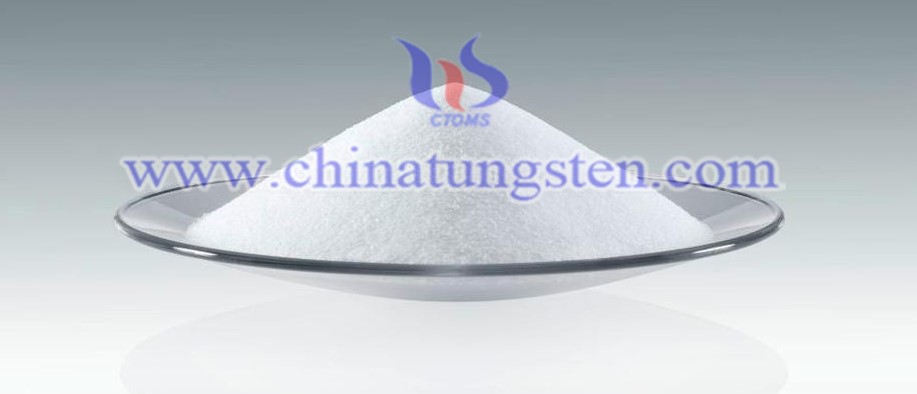Recovery of High-grade Ammonium Paratungstate from Alkaline Leach Liquor
- Details
- Category: Tungsten Information
- Published on Thursday, 29 October 2020 00:56
Tungsten products are excellent material having widely applications in different fields such as catalyst, alloys, and hard tools, due to its various characteristics. Ammonium paratungstate (APT) is the precursor material for most tungsten products.
To meet quality and specifications required, the concentration of molybdenum in tungsten products must be decreased to only a few parts per million (ppm). However, most of the tungsten sources are not virgin and co-exist with MO in different proportions.

To overcome those problems, a recovery method of high-grade ammonium paratungstate and molybdenum from alkaline leach liquor of spent has the steps below:
The W leach liquor (WLL) with variable concentrations of W and MO was obtained by alkaline leaching of Ni—W spent catalyst by varying the pulp density (PD) during leaching. The Ni—W catalyst was previously roasted under oxidative conditions to remove the S and convert W and MO to its respective oxide form. The piece of work containing leaching study of the spent catalyst and impurity removal from leach liquor is beyond the scope of this paper, hence not discussed. The chemical composition of typical WLL and purified W leach liquor (PWLL).
The optimization of process conditions for MO thionization of the PWLL was done by adding calculated quantity of Nas (300 g/L) solution in a 1 L closed batch reactor fitted with a condenser and scrubber. Known concentration of CuS04 solution was used as H2S scrubbing reagent. The generation of H2S gas if any was calculated by the difference of Cu concentration in scrub solution before and after the experiments. As per the below equation, 1 g of Cu consumes 1 g of S that is equivalent to 1 g of H2S gas.
The extent of thionization of MO was measured by the rapid acidification method as mentioned in the literature. The thionized MO solution was acidified rapidly to a pH between 2.0 and 2.5. After a reaction time of 1 h the Mosa precipitate was separated by filtration and the filtrate was analyzed for Mo. It was assumed that, the quantity of MO present in the filtrate represents the portion of MO that was not thionized. Lime was added to the thionized solution in the form of slurry (By mixing lime and water in the ratio of 1:2). Lime slurry addition was done at a rate of 20 mL/min after the attainment of desired temperature and the reaction time was counted after complete addition of lime slurry. The pH of the suspension was adjusted to the desired value by simultaneously adding 360 g/L H2SO4 along with lime slurry. The precipitated CT cake was washed with hot water and analyzed by standard procedure. Unless otherwise mentioned, experiments were carried out at room temperature of (25 + 1) oc and 300 rpm.
In conclusion, the recovery method of high-grade ammonium paratungstate from alkaline leach liquor has simple process, cost effective and can be applied industrially. Overall, the separation method provides an improved technical choice for producing high-purity tungsten intermediate from high MO bearing W LL.
of spent novelty of the present CT precipitation process is that it can handle high MO bearing tungstate leach solutions and achieve better quality CT and APT compared to conventional one. For a typical PWLL containing 19.5 g,'L W and 2.62 g/L MO, the CT prepared by the present process contained 54.5% W and 0.53% MO compared to CT that contained 52.7% W and 2.5% MO by conventional method.
- APT Manufacturer & Supplier, Chinatungsten Online: ammonium-paratungstate.com
- Tungsten News & Prices of China Tungsten Industry Association: www.ctia.com.cn
- Molybdenum News & Price: news.molybdenum.com.cn
- Tel.: 86 592 5129696; Fax: 86 592 5129797; Email: sales@chinatungsten.com



 sales@chinatungsten.com
sales@chinatungsten.com